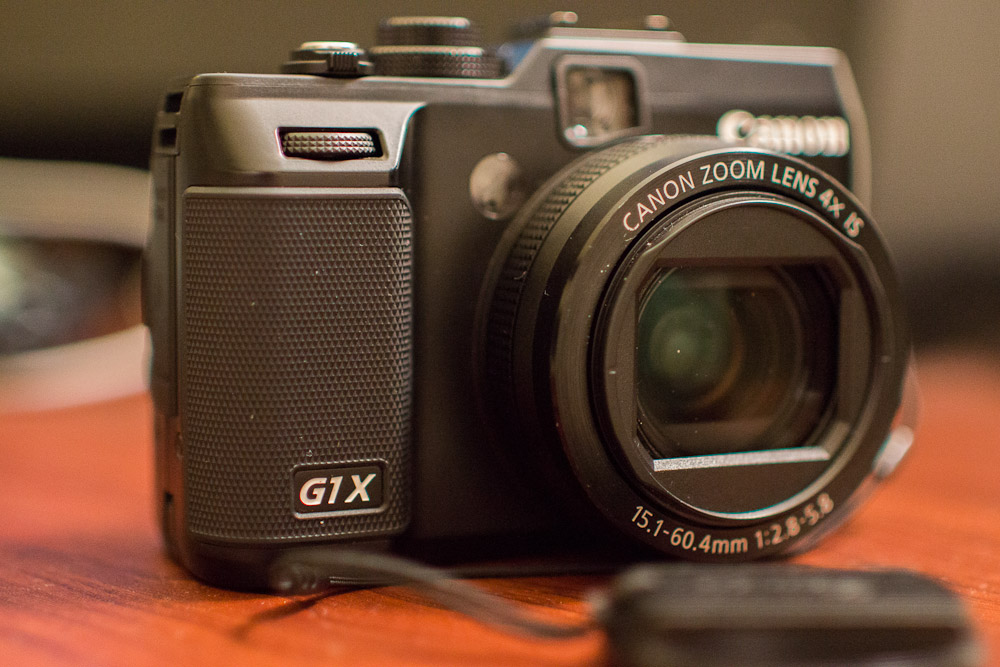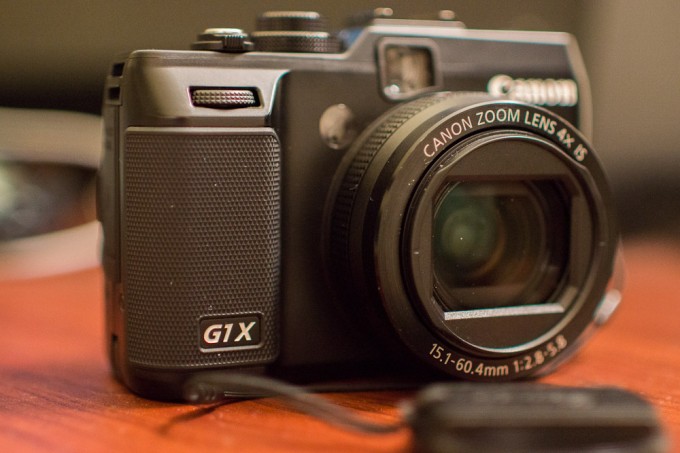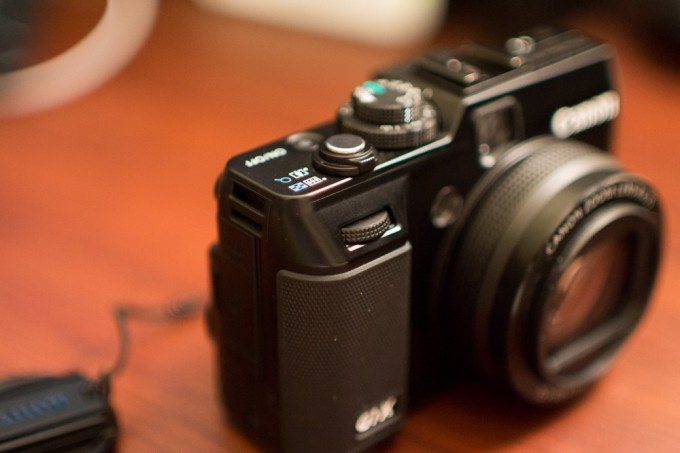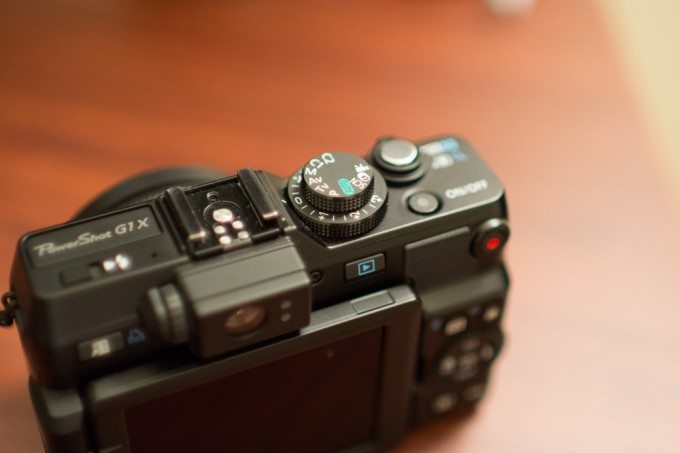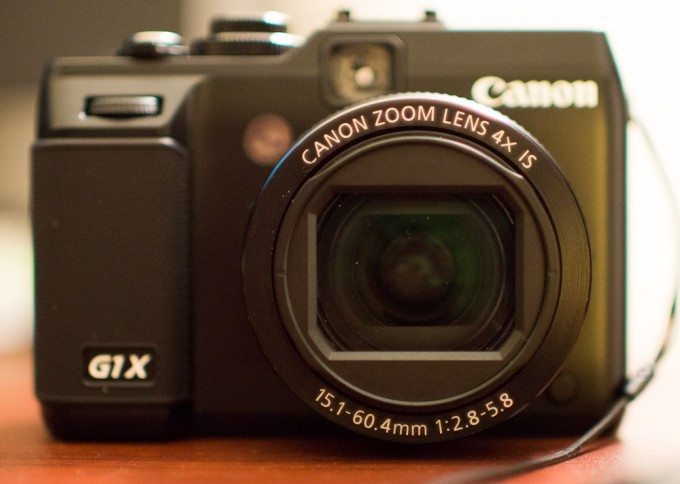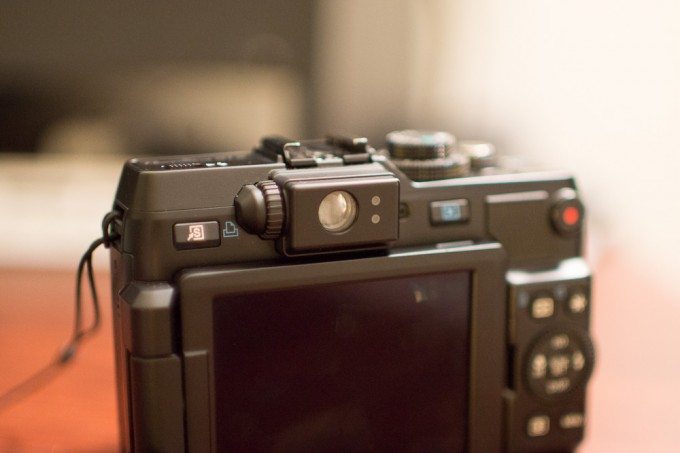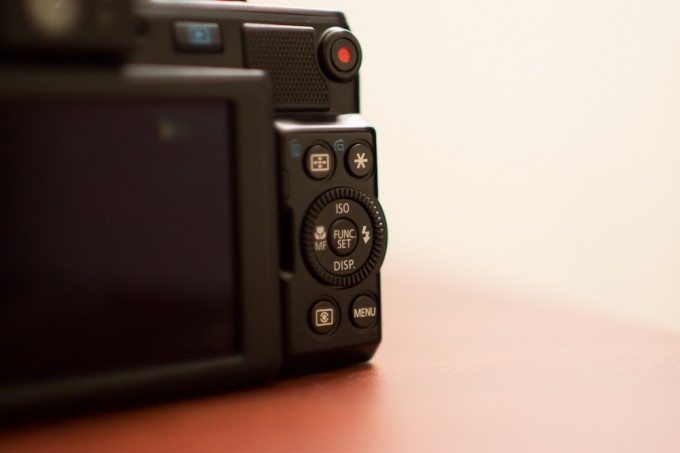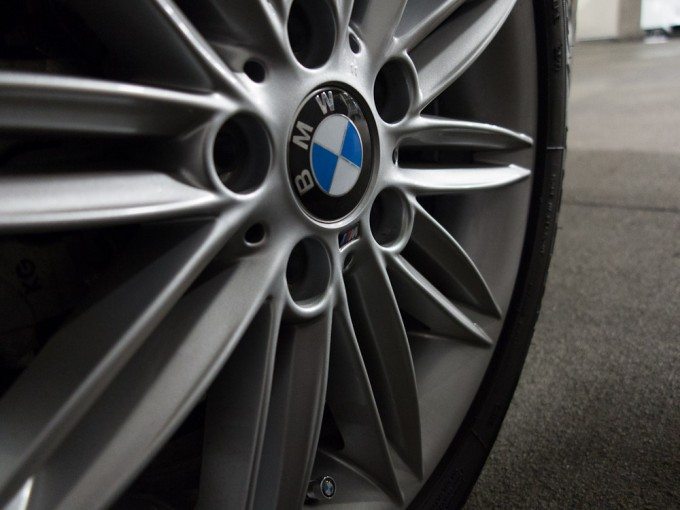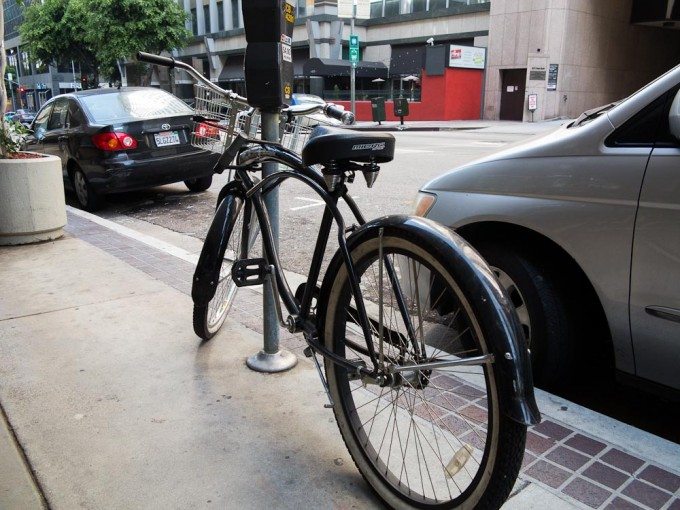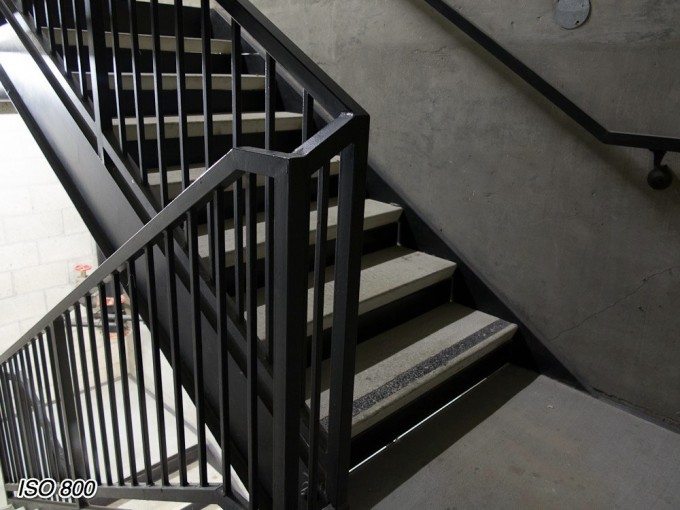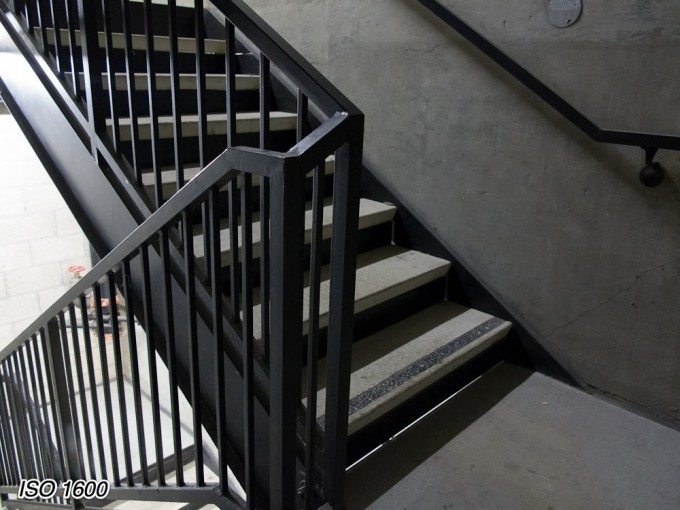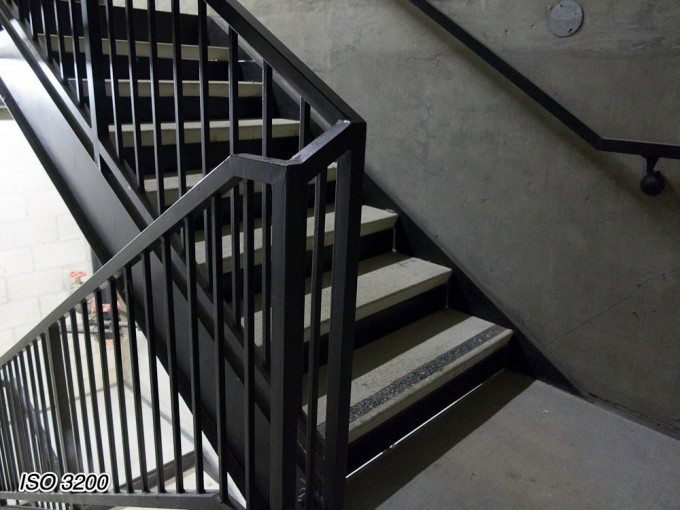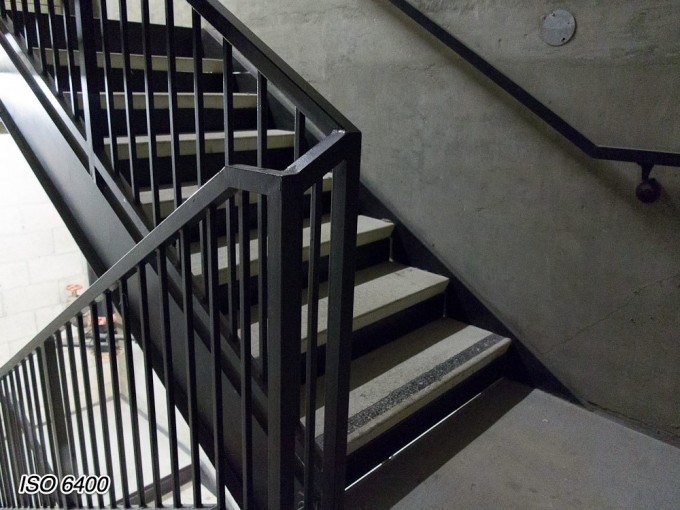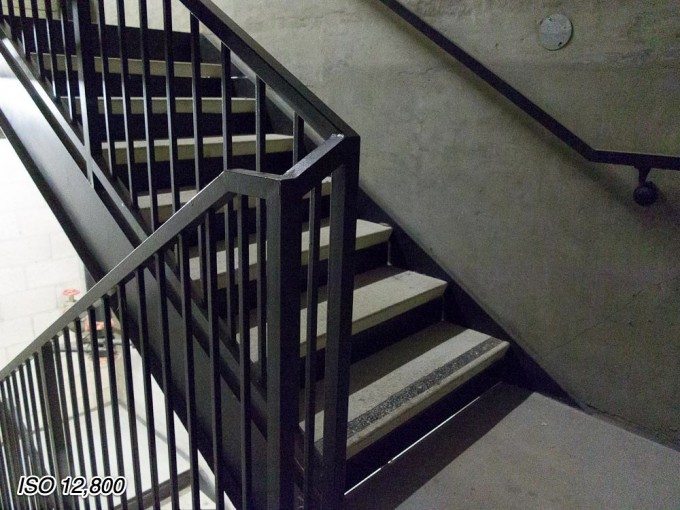Last Updated on 05/22/2012 by Andy Hendriksen
Mirrorless cameras are huge right now. Micro four thirds systems are growing at an alarming rate, and companies like Sony and Fuji are continuing to innovate with exciting new cameras that are pushing the bar and getting us closer to being able to leave our clunky DSLRs at home.
The problem though, is that Canon and Nikon, companies with well established DSLR lines, seem to be a little hesitant to dive into the mirrorless market, in fear of cannibalizing the the low-end DSLR sales. The Nikon 1-series was an excellent step in the right direction, but many feel it was a cop-out, and Nikon’s way of being sure it wouldn’t harm their entry-level DSLRs. In the meantime, Canon updated their G series line with the G1 X–a slightly larger camera with a much larger sensor and some other much needed improvements. Is it enough to compete with the likes of Fuji, Sony, or Olympus, or is Canon crippling the G1 X to save their DSLRs? Let’s find out!
Technical Specifications
from B&H Photo and Video
| Optics | |
|---|---|
| Lens | EFL: 15.1-60.4 mm (35mm equivalent: 28-112 mm) Aperture: f/2.8 (W) – 5.8 (T) |
| Zoom | Digital: 4x Optical: 4x 1 |
| Focus Range | Normal: 1.3′ (0.40 m) – Infinity Normal: 4.3′ (1.31 m) – Infinity Auto: 7.9″ (20.07 cm) – Infinity Auto: 2.8′ (0.85 m) – Infinity Macro: 7.9″ (20.07 cm) – 2.3′ (0.70 m) Macro: 2.8′ (0.85 m) – 5.2′ (1.58 m) |
| Exposure Control | |
|---|---|
| ISO Sensitivity | Auto, 100-12800 |
| Shutter | 60 – 1/4000 sec |
| Exposure Metering | Center-weighted, Evaluative, Spot |
| Exposure Modes | Modes: AE Lock Compensation: -3 EV to +3 EV (in 1/3 EV steps) |
| White Balance Modes | Auto, Cloudy, Daylight, Flash, Fluorescent, Fluorescent H, Tungsten, Underwater 2 |
| Burst Rate | Up to 4.5 fps for up to 6 frames |
| Self Timer | 10 Seconds, 2 Seconds |
| Remote Control | RS60-E3 (Optional) |
|
|||||||
|---|---|---|---|---|---|---|---|
| Viewfinder Type | Optical, LCD Display | ||||||
| Viewfinder Coverage | 100% | ||||||
| Screen | 3.02″ LCD (922000 pixels) | ||||||
| Connectivity/System Requirements | |||||||
|---|---|---|---|---|---|---|---|
| Connectivity |
|
||||||
Design and Ergonomics
If you’ve held a late model Canon G series, the G1 X will look and feel pretty familiar, despite it’s slightly larger size. The size of the camera has been increased in every dimension, to about 30% larger overall. The result is a very good feel in the hand, with a nice rounded rectangular grip and excellent weight and build quality. The body is made of mostly metal, with some plastic pieces, and it feels very well put-together. No strange creaks or squeaks, and no fear at all that it will begin to fall apart within it’s lifetime.
I could go either way on the design. On one hand, I think it’s significantly sleeker and more appealing than the G12, but it still has a strange boxy look to it, with lots of jarring angles and strange textures. It’s not at all what I would call a “pretty” camera, like I might say about the Fuji X100, but it’s certainly not offensively ugly either. I’m looking at you, Pentax K–01…
Despite being significantly larger than it’s predecessor, it’s still quite a svelte camera, and could easily fit in a coat pocket or a small bag. The size seems to compare best to that of the Fuji X100, as they are relatively similar in most dimensions. Certainly not point-and-shoot size, but nothing that you’re going to regret carrying around with you all day.
In Use
As I mentioned before, the camera feels great in the hand and is an absolute joy to hold. Unfortunately, the joy stops there. I don’t know how else to say this, but this camera is incredibly frustrating to shoot with. I’ll talk more about that in a minute, but first, the good stuff.
Right off the bat, I really liked the controls. Canon has added a finger wheel for adjusting aperture or shutter speed, in addition to the wheel on the back of the camera for more adjustment. Add in the clicky exposure compensation dial nestled underneath the mode dial, and you’re in for lots of excellent tactile control.
In addition, everything is pretty easy to understand, and even as a dedicated Nikon guy, I had no trouble finding what I needed in the menus, or figuring out how to do whatever I needed to accomplish. Despite the massive amount of control this camera offers you, nobody should have any problems picking it up for the first time and taking great shots with it.
The great 920,000 dot screen is attached to the camera with a swivel mount that seems to do it’s job just fine. It’s sturdy enough, and certainly makes shooting from up high, or shooting from the hip much easier. I also like being able to fold the screen inward when packing away the camera in a bag, thus ensuring nothing could possibly scratch it.
Now, the frustrating parts.
The G1 X is equipped with a pretty large sensor for this class of camera. Larger than micro four thirds, although not quite as large as Canon’s APS-C sensors. Because of that, it’s capable of producing some pretty decent shots at high ISO, and even offers options for shooting up to ISO 12,800. The problem is though, that this camera is completely incapable of focusing in even slightly dim light. I don’t just mean slow focusing or hunting–I mean often unable to establish focus at all in less than stellar lighting conditions. It reminds me of what the Fuji X100 was like when it was first released, except often it’s even worse.
Autofocus in decent lighting seems to be tolerable. Not lightning fast, but it certainly didn’t have the trouble that it does as soon as the sun sets. As someone who likes to shoot street photography during sunset, this is incredibly frustrating. I can try over and over again, and the G1 X will just flash the exclamation point at me, reminding me once again that it’s failed to find any sort of focus. In addition, on the rare occasional that it does happen to lock on my subject correctly, it has taken so long to do so that I’ve likely missed the shot anyway. It’s been quite a while since I’ve been this frustrated with a camera’s autofocus system, and I can’t believe Canon let this camera out like this.
That’s not all though. Canon has graciously included an optical viewfinder on the G1X, which is an area that many other mirrorless cameras seem to be lacking. While I think the intentions were good, this viewfinder is useless. Again, I’m not just being crass or attempting to bash Canon here. This is a truly useless viewfinder, and I’m not the only one who thinks so. It’s so tiny and dim, you have to squint to the point of eye strain to see anything at all, and then you’ll come to realize that the framing is so drastically different from what the lens is actually seeing, and you’ll need to reframe entirely. Lastly, there’s no information in that tiny box–no focus confirmation, exposure information, or anything. So if your viewfinder is going to be hard to see, inaccurate, and worthless to use, why even include it, Canon? Seems that an external EVF would’ve been a much better option here, or at least a somewhat usable OVF, like the one on the Fuji X10.
There’s even little problems too, like the fact that the focus confirmation beep is exactly the same as the “focus failure” beep, which means if you’ve decided to shoot through the dreadful viewfinder, the audible focus beep doesn’t help you at all in determining whether or not it has locked focus. You’re destined to be disappointed when you review your images to find much of your hard work has produced blurry images.
Next, for a camera that’s capable of shooting up to ISO 12,800, why did Canon decide to cap the auto ISO at 1600? I know most cameras cap their auto ISO much lower than their maximum, but this camera can quite obviously produce great images at ISO 3200 or even ISO 6400, so why not let it roam there? I understand that setting your ISO manually isn’t a huge burden, but as someone who has become accustomed to auto ISO, it’s disappointing to see that Canon has crippled that feature entirely.
Battery life, although an issue with most mirrorless cameras, seems like it could have been improved in a camera with a relatively large grip like the G1 X. Unfortunately I have nothing particularly good to report here–I was only able to capture about 250 shots before it conked out. Charging was quick, but there’s no doubt that you’ll be needing multiple batteries if you plan on shooting all day with this guy.
Some of these issues, like the focusing problems, could probably be improved upon in firmware upgrades, but other things, like the extremely poor viewfinder, are just fundamentally poor design choices, and are extremely frustrating in a camera that costs $799 USD.
Image Quality
If you can get past the usability problems, this camera actually produces really nice images. The lens, although not particularly fast at either end of the zoom range, is pretty sharp edge-to-edge, and contrast and color reproduction are both excellent. Dynamic range is also great, which is to be expected from a sensor almost the size of APS-C.
The auto white balance in the G1 X tends towards producing cooler images, with the occasional shot edging a little too far into the blue. Nothing serious, but definitely something to keep in mind particularly when shooting this camera indoors, where the AWB seems to overcorrect for incandescent lighting.
High ISO performance is great for this class of camera, which is to be expected from a sensor of this size. I was able to get consistently usable images from ISO 3200, with even some from ISO 6400. Things fall apart quickly at ISO 12,800 but that is to be expected. Noise reduction doesn’t seem to be too severe, and it is able to retain details fairly well. It seems the Fuji X100 may have a slight edge over the G1 X in noise performance, but then again, the sensor is also larger and lower resolution as well (12mp on APS-C vs 14mp in the G1 X).
Image stabilization is built into the lens of this camera, and it seems to work quite well. When shooting at relatively slow shutter speeds, I didn’t have any issues producing a clear image. It’s also very noticeable in video mode, and helps smooth out a lot of jerky motion when shooting video while walking.
Video quality isn’t anything special though, despite shooting 1080p @ 24fps. The rolling shutter effect is quite prevalent, and the video seems to be lacking the sharpness and color that you get with the still images out of this camera. I’m not a videographer, so I can’t comment much, but overall I see much better video out of cameras like the Olympus E-P3 or the Sony NEX-C3.
High ISO Test (ISO 800-12,800)
Conclusion
The G1 X is puzzling, but I am beginning to feel that it was rushed to get a slice of the mirrorless sales. It’s really just larger sensor crammed into a slightly sleeker G12, with very few tweaks to make it a truly competitive camera.
I really wanted to like the G1 X. I wanted to believe that Canon had created a viable answer to the market’s mirrorless demand. Unfortunately, I think they’ve done the worst they could do: built a dud. I can’t for the life of me figure out where this camera fits in. At $799 USD, it’s nearly twice the price of the Canon T3 kit, but offers so much less and is inherently much more frustrating to use. The only thing you gain is size (or lack thereof), but for that price, there are so many other great small options, particularly in the micro four thirds lines. Heck, even the Fuji X10 is $200 cheaper, offers a fantastic sensor, a faster lens, and a significantly better viewfinder.
Canon’s rush to the market, or their fear of cannibalizing entry-level DSLR sales has left them with a product that doesn’t seem to keep up with an already quick moving segment. Better luck next time, Canon.
Check out the Canon G1 X on Amazon or B&H.
Please Support The Phoblographer
We love to bring you guys the latest and greatest news and gear related stuff. However, we can’t keep doing that unless we have your continued support. If you would like to purchase any of the items mentioned, please do so by clicking our links first and then purchasing the items as we then get a small portion of the sale to help run the website.


